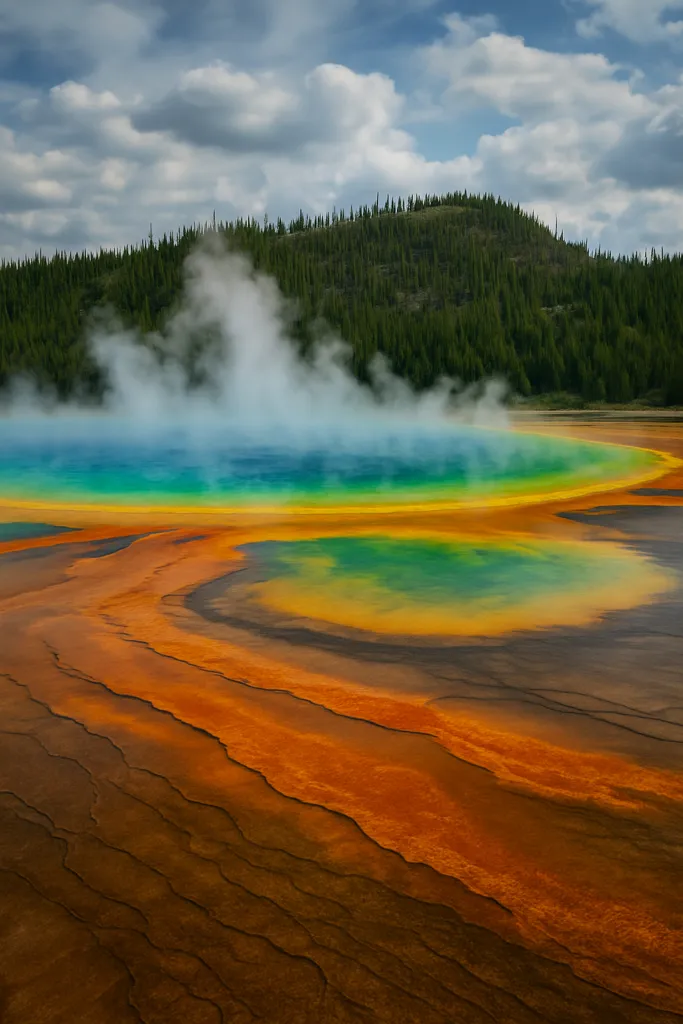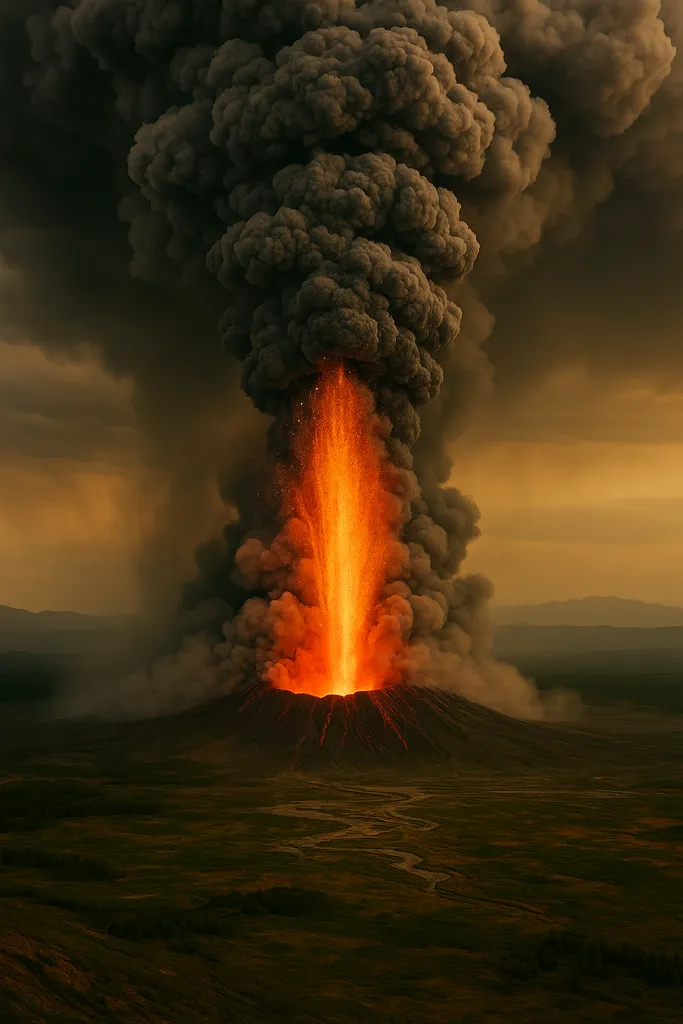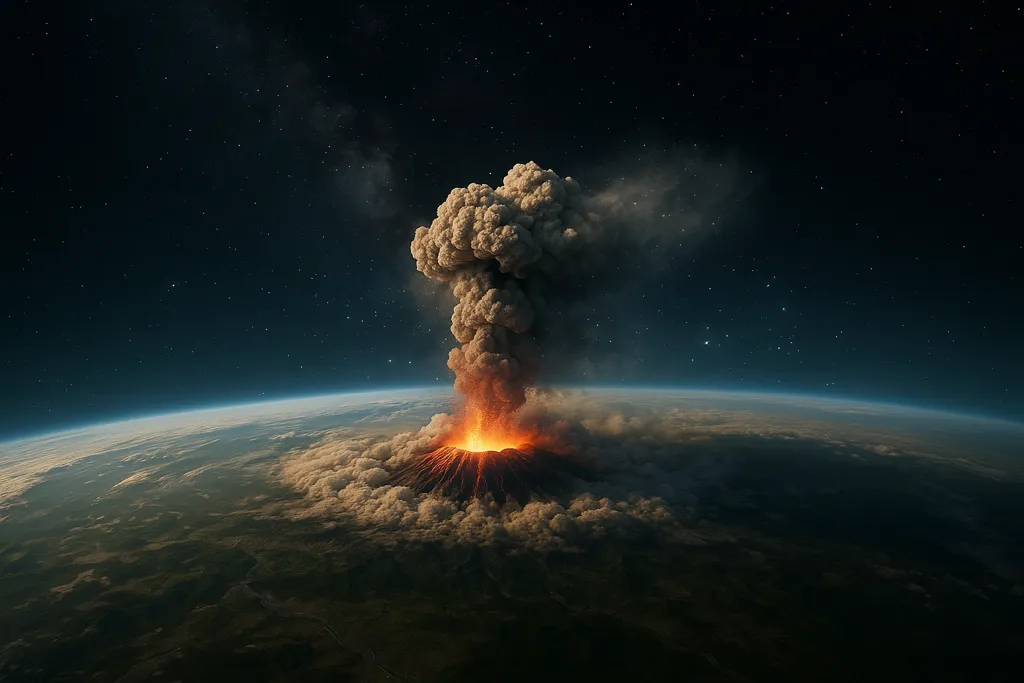Introduction
Yellowstone glacier volcano represents a fascinating intersection of volcanic and glacial forces. Located in Yellowstone National Park, this region sits atop a massive supervolcano. Its history spans millions of years, marked by cataclysmic eruptions and icy epochs. The Yellowstone caldera, formed 640,000 years ago, is a testament to its fiery past. Meanwhile, glaciers have sculpted its landscape, leaving behind moraines and lakes. This article explores this dynamic system, focusing on its volcanic and glacial interplay. It delves into history, activity, and current monitoring efforts. The region’s unique geology captivates scientists worldwide. Let’s uncover its story.
The Yellowstone glacier volcano has shaped the park’s iconic features, from geysers to canyons. During the Pinedale glaciation, ice sheets covered much of the area. These glaciers, reaching thicknesses of over 1,200 meters, eroded the terrain. Volcanic heat beneath interacted with this ice, creating a complex geological record. Today, the park spans Wyoming, Montana, and Idaho. Its supervolcano status raises questions about future activity. Yet, its glacial history adds another layer of intrigue. How did ice and fire coexist here? This study aims to answer that.
Human fascination with Yellowstone dates back centuries, with Native American tribes revering its thermal springs. Early explorers documented its wonders, leading to its establishment as a national park in 1872. The Yellowstone glacier volcano continues to draw millions, blending natural beauty with scientific mystery. Its dual nature—volcanic and glacial—sets it apart. This article examines its past and present, offering insights into its future. Understanding this system is crucial for conservation. Let’s begin with its geological origins.

Geological History
The Yellowstone glacier volcano traces its origins to the Yellowstone hotspot, active for 16.5 million years. This hotspot, a plume of molten rock, has migrated across the Snake River Plain. It left a trail of calderas from western Idaho to Wyoming. Volcanic activity in Yellowstone began 2.1 million years ago with the Huckleberry Ridge Tuff eruption. This massive event ejected over 2,450 cubic kilometers of material. It formed the Island Park caldera, a precursor to today’s landscape. Subsequent eruptions at 1.3 million and 640,000 years ago shaped the modern caldera. The region’s geology reflects this violent history.
Glacial periods also played a key role in shaping Yellowstone’s terrain. The Bull Lake glaciation, from 150,000 to 130,000 years ago, covered the area in ice. Deposits from this period are found above and below volcanic layers. This indicates glaciers existed before and after major eruptions. The Pinedale glaciation, from 22,000 to 13,000 years ago, was more recent. It left behind fjord-like features in Yellowstone Lake. Ice sheets dammed rivers, forming lakes in Hayden Valley. These glacial events eroded volcanic deposits, creating a rugged landscape.
The interplay between ice and fire defines Yellowstone’s geological story. Heat from the magma chamber beneath the park interacted with glacial ice. This caused steam explosions, especially after ice melted. Evidence of this is seen in the park’s northern areas. Boulders, carried by glaciers, sit atop rhyolite flows, showing ice’s transport power. The Yellowstone glacier volcano is thus a product of dual forces. Its history sets the stage for understanding its activity. Let’s explore its volcanic behavior next.

Volcanic Activity
Yellowstone’s volcanic history is marked by three massive caldera-forming eruptions. The first, 2.1 million years ago, produced the Huckleberry Ridge Tuff. The second, 1.3 million years ago, formed the Henrys Fork caldera. The most recent, 640,000 years ago, created the current Yellowstone caldera. This event ejected 1,000 cubic kilometers of ash and lava. Since then, about 80 smaller eruptions have occurred. Most were nonexplosive rhyolite lava flows, with the latest at 70,000 years ago. The Pitchstone Plateau flow in southwestern Yellowstone is a notable example. These eruptions highlight the region’s active volcanic system.
Hydrothermal explosions are another key feature of Yellowstone’s activity. These events occur when pressure drops cause high-temperature fluids to flash to steam. On July 23, 2024, a hydrothermal explosion at Black Diamond Pool sent water and debris 120 meters high. Such explosions are common, with several occurring yearly. They often go unnoticed in remote areas. The largest known explosion, 13,000 years ago at Mary Bay, was triggered by a lake-level drop. Hydrothermal explosions remain a significant hazard. They reflect the intense heat beneath the Yellowstone glacier volcano.
Seismic activity also signals the region’s unrest. Earthquake swarms, like those in 2008-2009 and 2010, are frequent. The 2010 swarm was the second largest recorded here. These quakes result from crustal stresses, not magma movement. No long-period events, which indicate magma ascent, have been detected. The Yellowstone Volcano Observatory (YVO) monitors these events closely. Despite this activity, no eruption is imminent. The region’s volcanic past shapes its present dynamics. Let’s examine the glacial influence next.

Glacial Impact
The Yellowstone glacier volcano was profoundly shaped by glacial activity during the Ice Age. The Pinedale glaciation covered the park with ice up to 1,200 meters thick. Glaciers flowed from the Absaroka Range and Beartooth Uplift, converging in the park. They carved the southern arms of Yellowstone Lake into fjord-like shapes. The Grand Canyon of the Yellowstone, though volcanic in origin, was modified by ice. Moraines and erratic boulders, like a 500-ton gneiss on the canyon’s north rim, mark this period. Ice dammed the Yellowstone River, forming lakes. This glacial legacy defines the park’s topography.
Heat from the Yellowstone glacier volcano interacted with these ice sheets, creating unique phenomena. Geyser basins, like those along the Firehole River, produced heat that melted ice at a rate of 1 foot per year. This was minor compared to the ice’s thickness. However, as glaciers retreated, the release of pressure triggered hydrothermal explosions. Deposits from these events, dated from 13,000 years ago to 1860 CE, are found in Yellowstone Lake. The Elliott’s Crater explosion at 8,000 years ago resulted from seismic activity rupturing a hydrothermal dome. These interactions highlight the fire-ice dynamic.
Glacial unloading also affected the region’s geology. As ice melted, the ground rebounded, uplifting the terrain. This process, still active in places like Greenland, stopped in Yellowstone thousands of years ago. Unlike in Iceland, where glacial melting triggers eruptions, Yellowstone saw no post-glacial volcanic activity. The magma chamber, mostly solid, didn’t respond to unloading. However, steam explosions occurred, especially near Yellowstone Lake. The glacial impact thus reshaped the park while influencing its volcanic behavior. Let’s look at its current state now.

Current Status and Monitoring
The Yellowstone glacier volcano remains an active system, though no eruption is imminent. The Yellowstone Volcano Observatory (YVO) monitors it closely. Seismic activity is low, with occasional swarms indicating crustal movement. Ground deformation, measured by GPS, shows episodic uplift and subsidence. Between 2004 and 2008, the caldera floor rose 20 centimeters at White Lake. Since 2010, uplift has slowed significantly. Magnetotelluric studies in 2017 and 2021 reveal four rhyolite magma reservoirs at 4 to 11 kilometers deep. These contain low liquid magma, insufficient for an eruption.
Hydrothermal activity continues to shape the park’s landscape. Geysers like Old Faithful and hot springs like Grand Prismatic rely on the magma chamber’s heat. Hydrothermal explosions, like the 2024 event at Black Diamond Pool, pose ongoing risks. The YVO maintains a Normal Volcano Alert Level and Green Aviation Color Code. These indicate background activity levels. The park’s thermal features draw millions, but safety closures follow explosions. Monitoring ensures public safety while preserving these wonders. The Yellowstone glacier volcano is stable but dynamic.
Conservation efforts focus on protecting this unique system. Yellowstone National Park prohibits geothermal development to preserve its features. The YVO collaborates with the USGS, University of Utah, and others to study the caldera. Climate change poses a new challenge, potentially affecting geyser periodicity. Research continues to assess these impacts. Public education about volcanic and glacial history fosters appreciation. The Yellowstone glacier volcano’s monitoring is a model for global volcanic studies. Its future depends on sustained efforts. Let’s conclude with its significance.

Leave a Reply